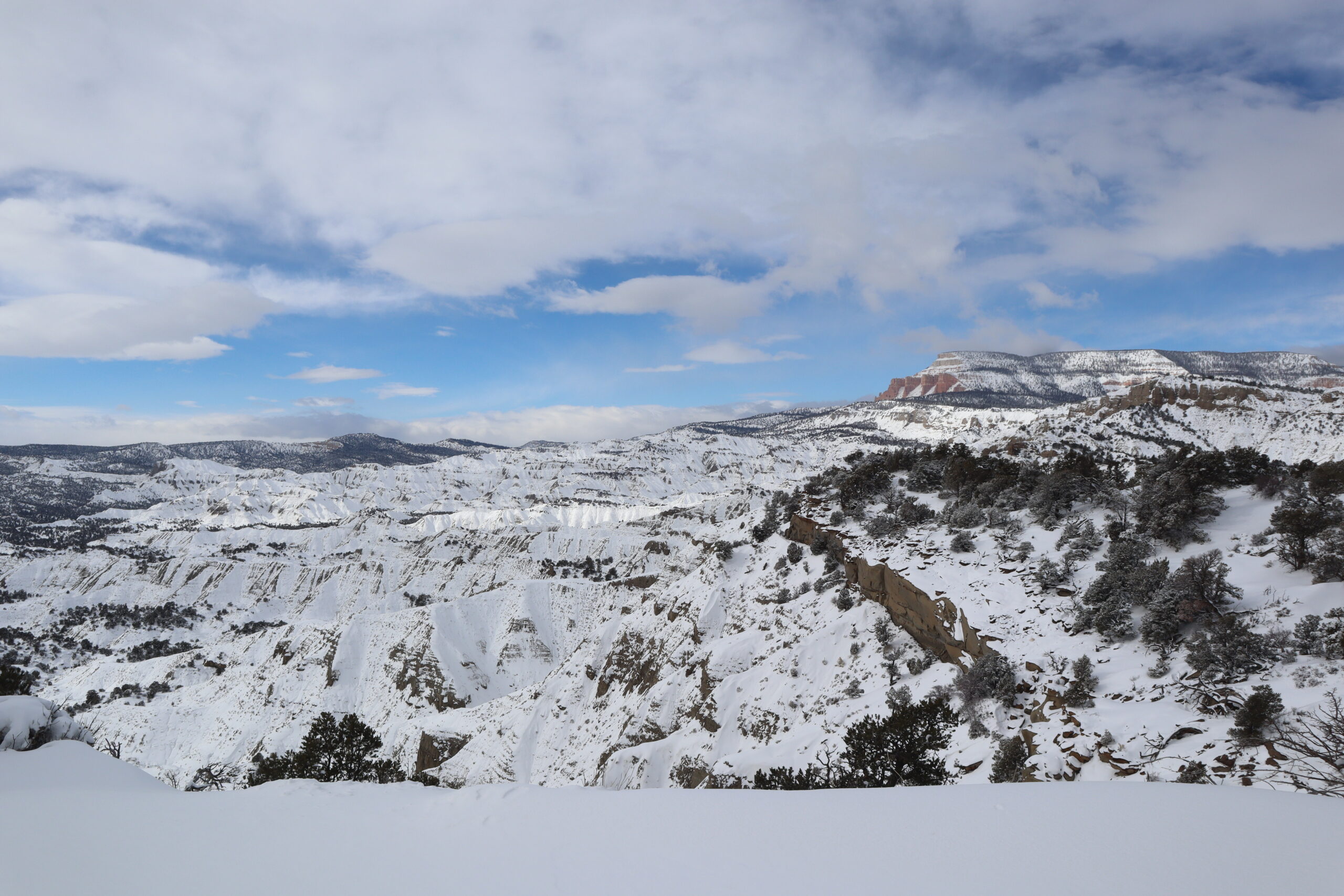
It’s no secret that a lack of precipitation has left the Southwest and its reservoirs high and dry. The natural “megadrought” we are experiencing is the worst in the last 1,200 years. Water levels are dropping, and everyone from residents to wildlife are feeling the pinch. Add to that climate change, which is rewriting temperature records and compounding environmental problems on all fronts.
The majority of annual runoff in Utah’s streams and rivers comes not from summer monsoons but from melting snowpack that is deposited on mountains and high plateaus during the winter. But climate change is affecting that process too. Less snow is falling, and what does fall melts sooner because of advanced spring warming.
To address this problem, the state of Utah, working with North American Weather Consultants, Inc., has since the 1970s been conducting widespread cloud seeding operations throughout central and southern Utah. The goal of the program has been to enhance winter snowpack accumulation in the mountainous areas of the state to increase the amount of later season stream runoff.
Cloud seeding works by releasing inert silver iodide particles from ground-based generators, which act as condensation nuclei that initiate the formation of snowflakes from supercooled air. The seventy generators are located upwind (west) of high elevation areas to concentrate increased snowfall in those areas. The generators nearest to Grand Staircase are located south of Panguitch and Cannonville, where they help seed the Aquarius and Kaiparowits plateaus.
So far the program has been successful. Cloud seeding has led to an average snowfall increase of 1.3 inches (12%) and an average annual streamflow increase of nearly 84,000 acre-feet. The annual cost of the program is around $750,000, which comes out to about $2 per acre-foot. Not bad!
But is it sustainable? We can think of the atmosphere as holding moisture like a sponge—what is wrung out near Grand Staircase does not fall further east, in the La Sals or Colorado. Snowpack levels across the West are above average for this time of year, a good sign. But what might the effects be on a below average year? At Grand Staircase Escalante Partners, we’re working hard to bring more scientific research on weather and climate to GSENM to better understand all of these factors.
Want to know more about the cloud seeding program? You can read the full report here.

